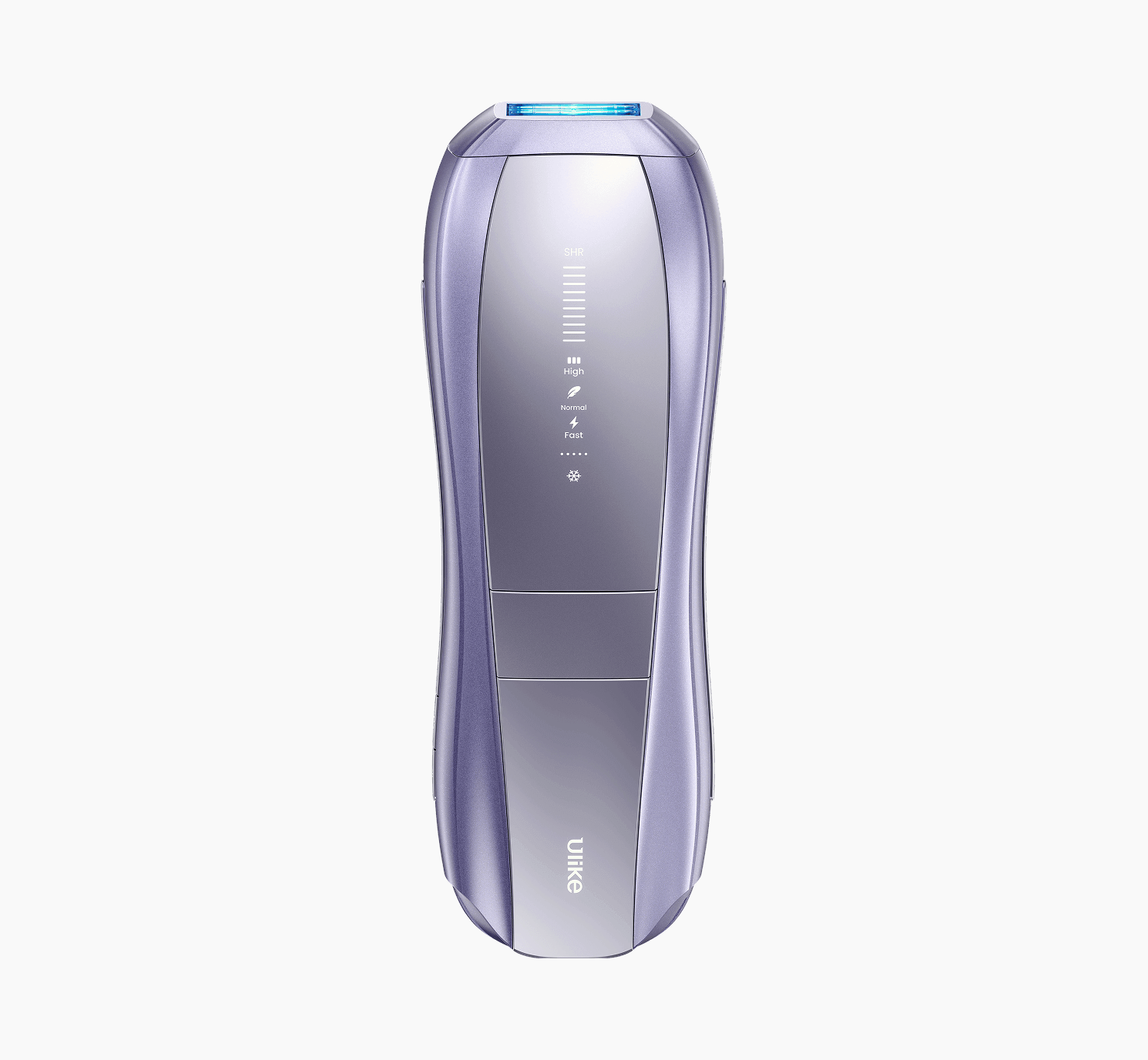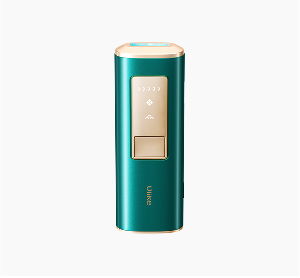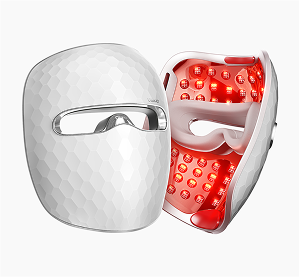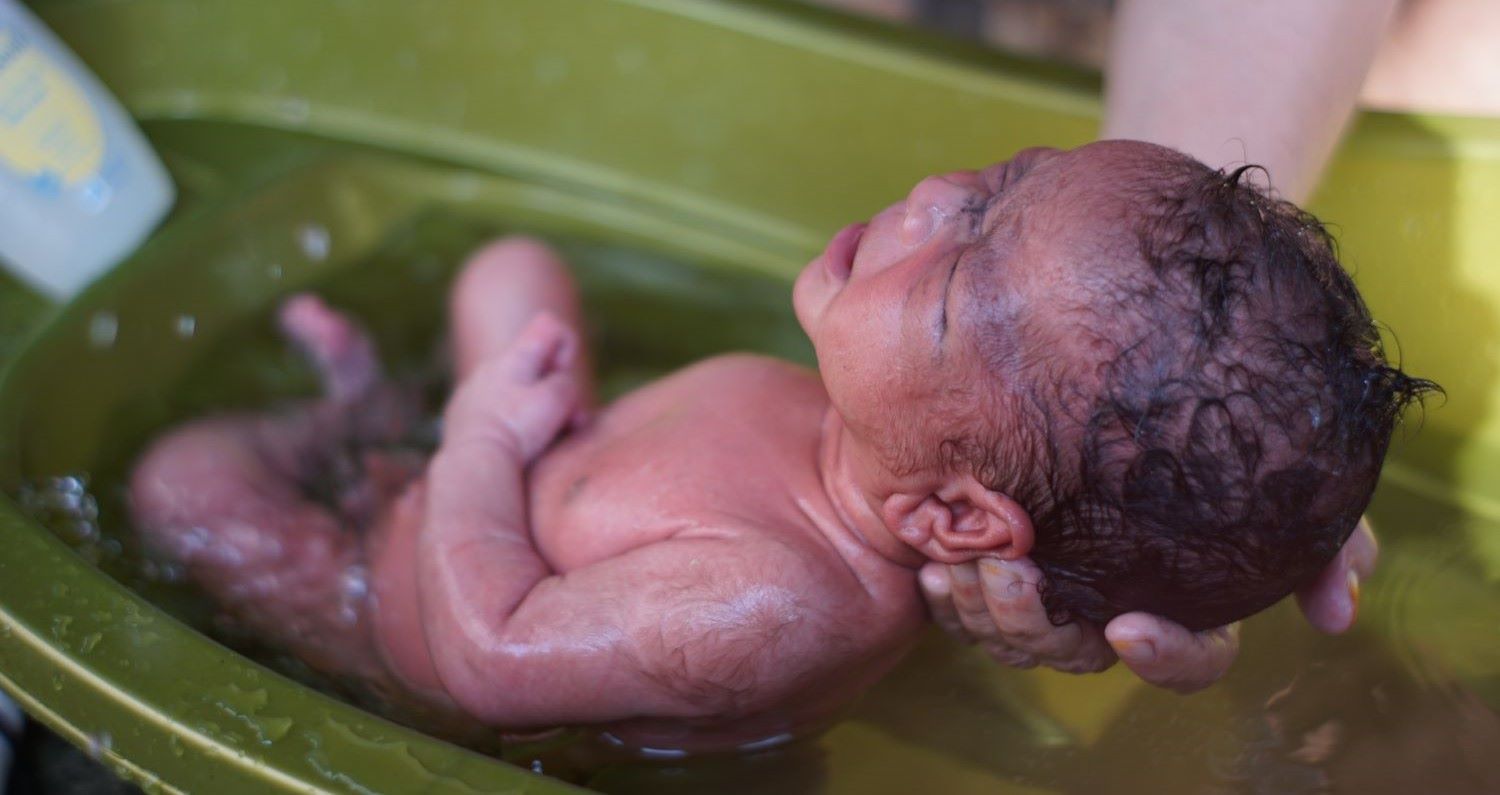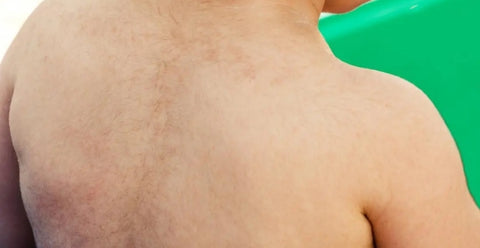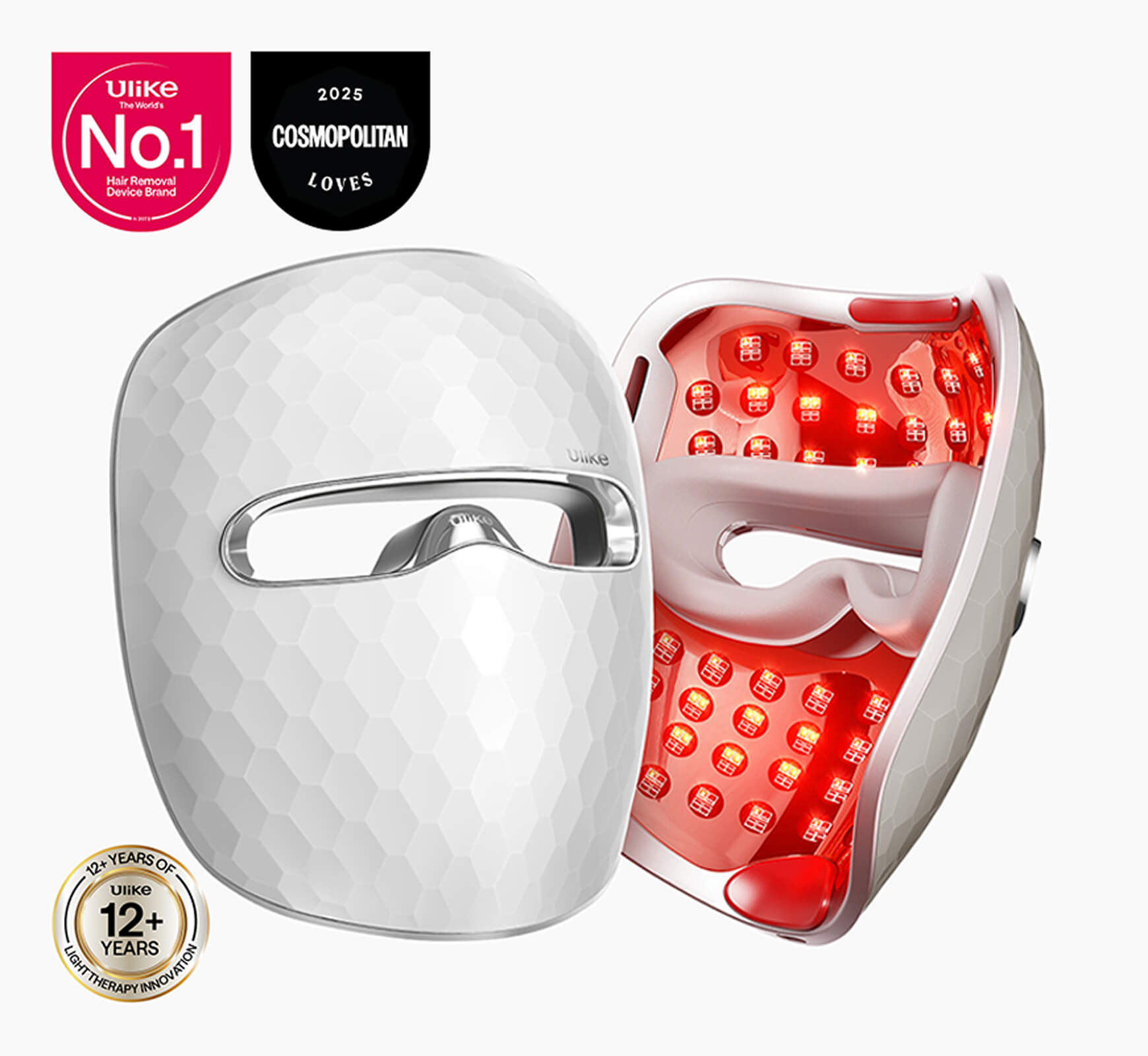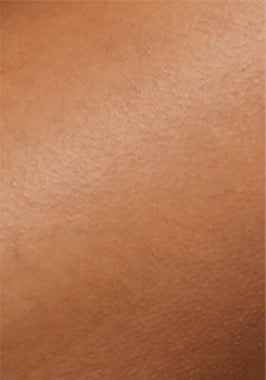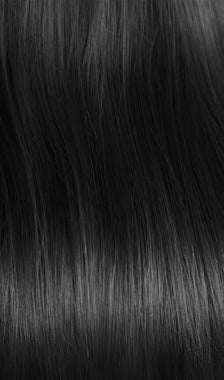Lanugo hair is usually on the foetus that starts developing when the baby is inside the womb and sheds before its birth. It’s very soft and almost unnoticeable but there are some people who are fascinated about waxing lanugo hair, which we should strongly disregard.
In this article, we will give you a list of some strong reasons why we should not wax lanugo hair and some ideal information on it’s characteristics, functions, and lanugo hair in adults.
What Is Lanugo Hair?
Characteristics Of Lanugo Hair
- Lanugo hair is very fine and too delicate that will feel very soft when we touch it.
- These hair do not usually have any pigmentation and some lanugo hair might even be colourless.
- The length of lanugo hair is short and they do not grow more than a few millimetres when they are at their longest length.
- Unlike normal hair, lanugo hair does not have medulla, which is the innermost layer that is found in normal hair.
- Lanugo hair grows on a foetus inside the womb and sheds before the baby is born.
- It covers the entire body of the foetus and is sparsely distributed.
- The density of lanugo hair is very less than normal hair on our body.
Functions Of Lanugo Hair
- Lanugo hair is meant to keep the body of the foetus protected from damage, especially against amniotic acid.
- These hair can regulate the temperature of the foetus because they can trap a layer of air between the skin of the foetus and hair. As a result, the foetus stays warm.
- The presence of lanugo on the foetus triggers sensations and the growing baby starts developing sensory features as it receives sensations from the hair.
- When the lanugo hair starts growing, it indicates that the foetus is developing because these hair start growing when the foetus is halfway through its development journey.
- When the hair start shedding, they prepare the baby for birth and indicate that the baby is growing normally as it should.
Lanugo Vs. Normal Hair
Discomfort
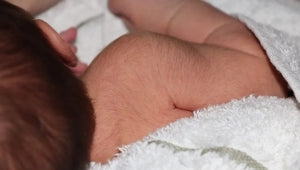 Lanugo hair is usually not uncomfortable because it’s inside the womb and sparsely distributed with less density. Also, these hair are very soft to touch and they shed before the baby is born. Normal hair can feel uncomfortable especially if you have long hair or dense and coarse hair.
Lanugo hair is usually not uncomfortable because it’s inside the womb and sparsely distributed with less density. Also, these hair are very soft to touch and they shed before the baby is born. Normal hair can feel uncomfortable especially if you have long hair or dense and coarse hair.
Location
Lanugo hair is present in the body of the foetus, while normal hair is present on a born human. The normal hair are present on almost all the parts of the body.
Colour & Texture
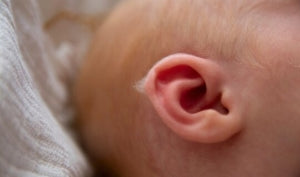 Lanugo are mostly colourless or at least pigmented with a very soft and smooth texture. Normal hair can be of several colours like black, brown, yellowish, or blonde. Normal hair can be of different textures like coarse, wavy, straight, or curly.
Lanugo are mostly colourless or at least pigmented with a very soft and smooth texture. Normal hair can be of several colours like black, brown, yellowish, or blonde. Normal hair can be of different textures like coarse, wavy, straight, or curly.
Purpose
The main purposes of lanugo hair are to help the foetus develop and keep it safe and comfortable in the womb. The main reasons why we have normal hair are to keep our born body safe from foreign particles as much as possible.
Comparison Table
|
Comparison Basis |
Lanugo Hair |
Normal Hair |
|
Features |
Soft and sparsely scattered hair that are present only on the foetus. |
Coarse, thick, and long hair that are present on the whole body of a born human. |
|
Appearance |
Soft, smooth, silky, and colourless appearance |
Coarse, thick, and dense appearance in different colours |
|
When Does It Start Growing? |
During fourth month of pregnancy |
After the baby is born |
|
Purpose |
To protect the foetus and keep it comfortable |
To protect the born body from external agents |
|
Level of Discomfort |
Not uncomfortable |
Can be highly uncomfortable at some places |
|
Shedding Stage |
Seventh or eighth month of pregnancy |
Can start shedding at an early age like 20 years onwards or even before |
|
Visibility |
Barely visible |
Clearly visible |
|
Presence In Adults |
Present in adults in rare cases |
Present in all adults |
|
Replacement Of Hair |
First the vellus hair replaces lanugo and then terminal hair replace the vellus hair |
Nothing replaces normal hair |
|
Duration Of Presence |
Can stay for 16 to 20 weeks inside the womb and a few weeks after the birth |
It’s meant to stay for decades but a lot of people start shedding hair after 20 years onwards |
Does Lanugo Hair Go Away?
Yes, lanugo hair goes away automatically without the need for any attention. In normal cases, the lanugo hair starts shedding when the foetus is 7 or 8 months old. But in some cases, the baby is born with lanugo hair and it can remain on the baby for some weeks before it sheds automatically.
Lanugo Hair in Adults & Some Babies After Birth
We may find the presence of lanugo hair in some adults, which is a rare but possible scenario. This happens due to the following reasons:
- When an adult is severely malnutritioned, it can start developing lanugo hair on its body to converse the heat.
- Some people with very odd eating habits and suffering from anorexia nervosa or bulimia nervosa can grow lanugo hair, which is a side effect of these medical conditions.
- Any ongoing treatment of a cancerous tumour through chemotherapy can trigger a growth of lanugo hair in adults and once the chemotherapy treats the tumour completely, these hair should stop growing automatically.
Why Should You Not Wax Lanugo Hair?
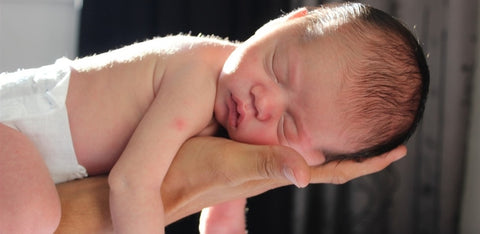
- Lanugo hair are very fine and delicate and the skin under it is so sensitive that it will feel very soft when we touch it. Such skin is not compatible with any kind of waxing procedure and we will only get adverse results if we try to wax lanugo hair.
- There is a high chance that the body will develop allergic reactions to waxing just because the skin is very sensitive on which lanugo hair grows.
- Consider that the skin will tear and there can be bleeding, which will cause an immense amount of pain.
- There is a very slim chance that the waxing will be effective on lanugo hair.
- The skin will get even more sensitive after a waxing session and it will start reacting adversely to even the most delicate touch and sensation.
- The skin will damage a lot for sure and it will take much longer than normal skin to heal completely.
- The need to wax lanugo hair on a newborn baby is completely unnecessary because it will shed automatically after the birth if it did not shed inside the womb before birth.
- Since we need to heat the wax before applying it, there is a very high chance of skin burns that can result in a severe and emergency medication requirement.
Conclusion
So lanugo hair is very delicate and fine hair that we can notice in newborn babies and some adults in a rare case. Even though these hair are not uncomfortable at all, some people are excited about waxing them, which we strongly discourage. The skin on which lanugo hair grows is very sensitive and there are so many strong points that indicate that waxing lanugo hair is not an intelligent choice overall.

